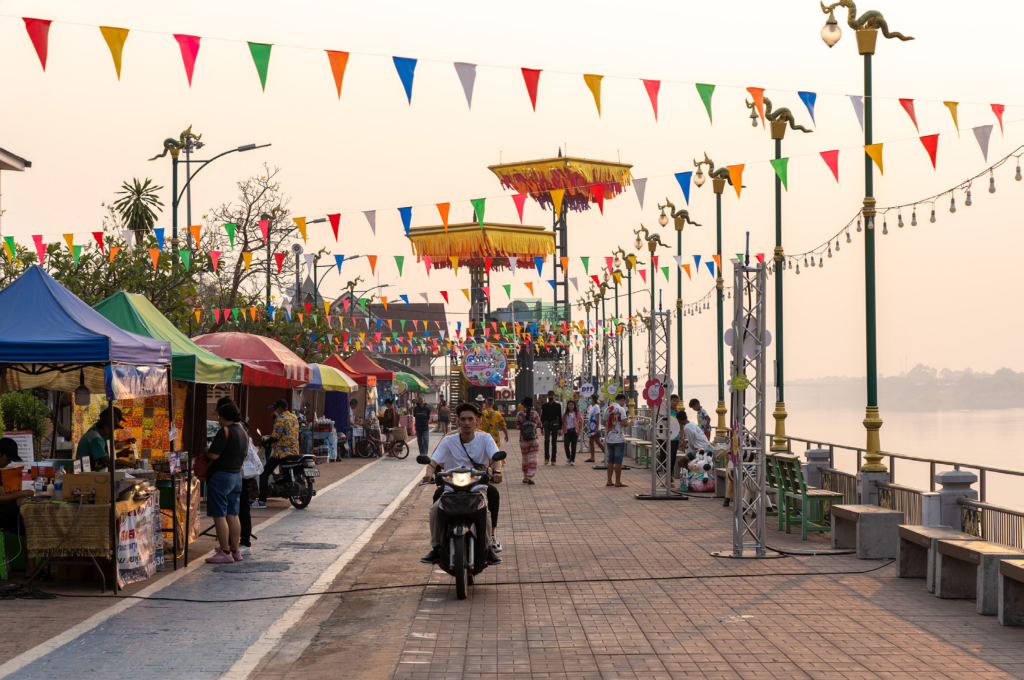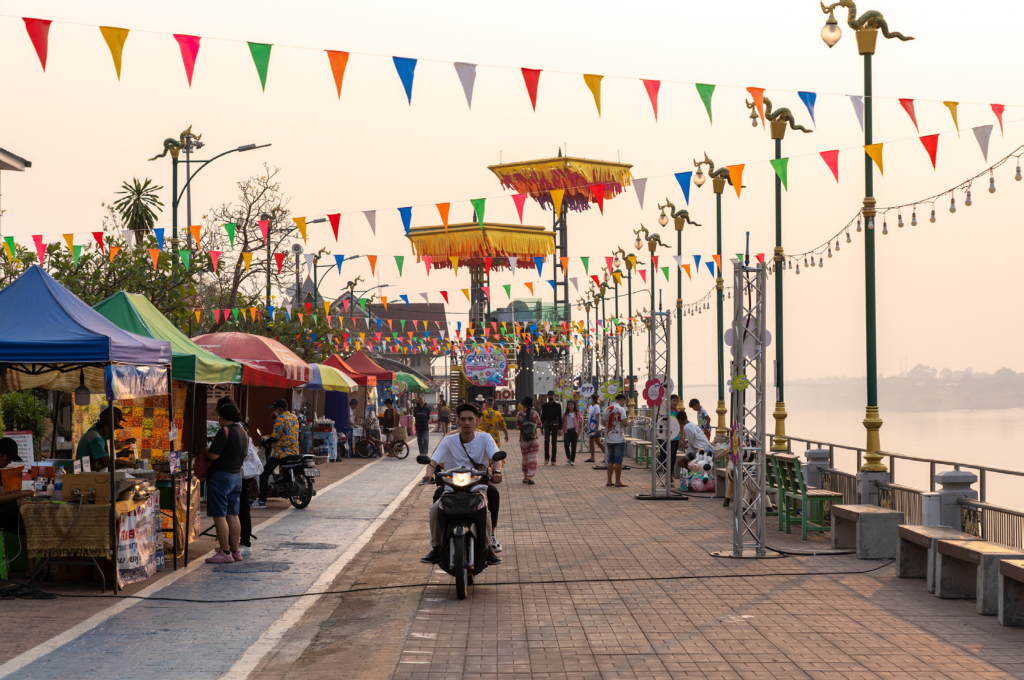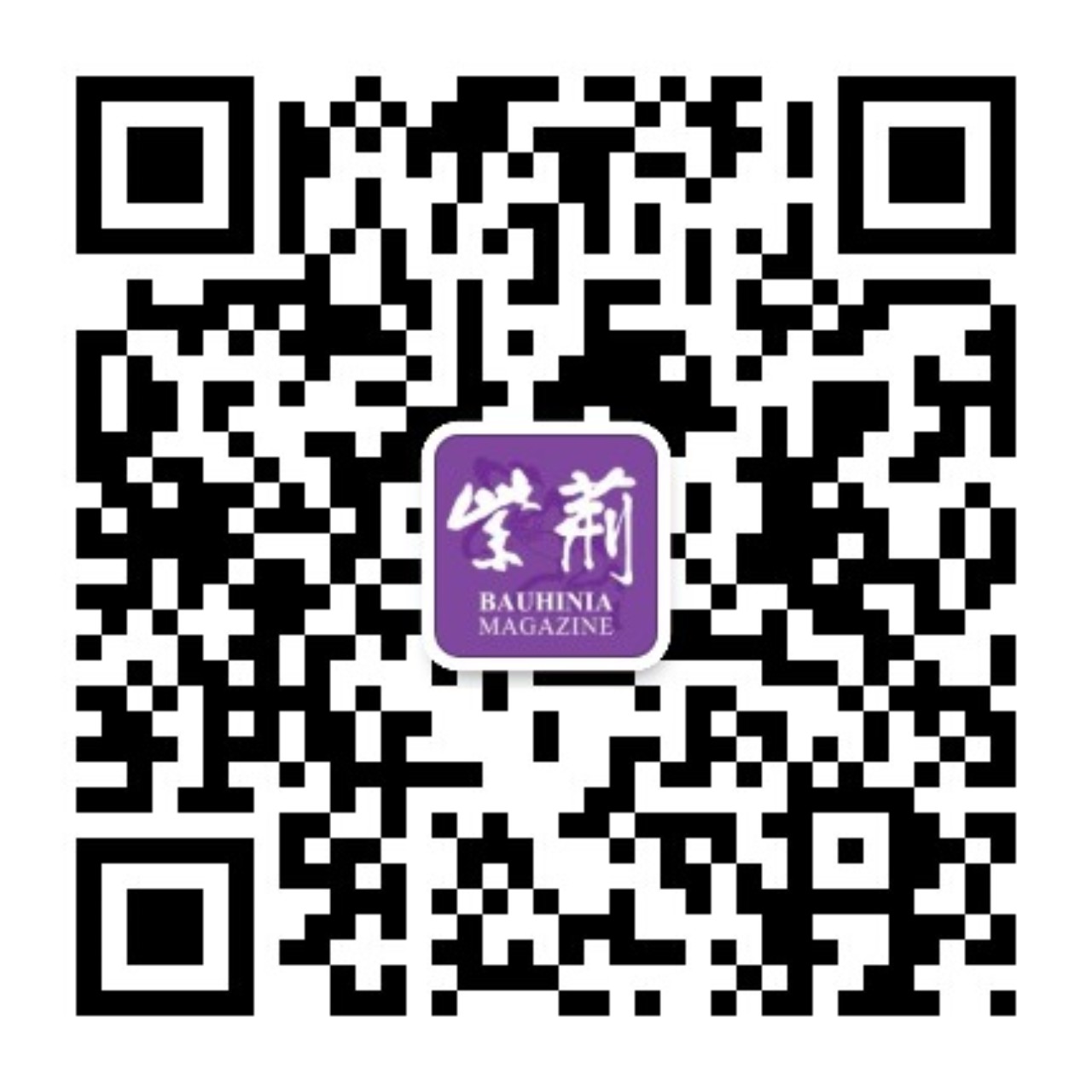BRI: An Important Platform for Thailand-China Cooperation in the New Era
Since its inception ten years ago, the Belt and Road Initiative (BRI) has become an important platform for cooperation among countries and regions along the way. Under its framework, China and Thailand have witnessed increasingly close exchanges and cooperation in fields of economy & trade, science & technology, education & culture, and have developed a comprehensive strategic cooperative partnership. We have invited Director of the Department of International Trade Promotion, Ministry of Commerce, Thailand, to review the development outcomes between China and Thailand in the past decade, and to prospect the future. The Director points out that with China-Laos railway playing an increasingly important role in regional trade, the BRI will significantly help the cooperative development in economy and trade between China and Thailand.
Author: Phusit Rattanakul Sereereungrit
Director, Department of International Trade Promotion (DITP), Ministry of Commerce, Thailand
BRI’s Objectives and Its Realization of Win-win Connectivity
First of all, on behalf of Department of International Trade Promotion (DITP), Ministry of Commerce, Thailand, I would like to congratulate China’s Belt and Road Initiative (BRI) of its development and accomplishment. I am certain that at its tenth anniversary, BRI has significantly achieved its objectives of improving connectivity and co-operation at all levels – the national, regional, and global.
We all noted that the world has been experiencing “Globalization”, the spread of the flow of products, services, technology, information, and cultures across national borders throughout its history. With the advancement in transportation and communication technology innovations in the 20th century, “Globalization” has sped up at an unprecedented pace. In essence, countries worldwide have integrated into the global economic system over the last 20 years.
However, by the early 21st century, albeit the fastest pace of integration, we also noted the world still lacks a large infrastructure that can help connect and facilitate the spread of trade and investment co-operation as well as shared prosperity.
In 2016, with China’s BRI aiming at building connectivity and co-operation both domestically within China and internationally with neighboring countries as well as across the world’s economic corridor, China has commenced a large infrastructure development and has been leading an important role in bridging the infrastructure gap that has been restraining economic growth and mutual benefits both at home and beyond.
China-Laos Railway: Promoting Thai-China Co-operation and Relationship
Thailand, as one of China’s neighboring countries, consider BRI as an initiative that has been systematically woven at home and extended beyond its border with a broader objective of pursuing mutual benefits. A precise example is the development of the Asian Infrastructure Investment Bank (AIIB) and the Silk Road Fund that enhance the financial co-operation in various regions to fund infrastructure development and further pave the way for the enhancement of economic corridors and cultural connectivity, including the Southeast Asia region.
The opening of China-Laos Railway on 3rd December 2021 has marked a big success of BRI in the Southeast Asia Region. This 1,035-kilometer line, linking Kunming in China’s Yunnan province, and the Laotian capital of Vientiane, is an important progress on transportation and logistics within this region. Cross-border transactions can be facilitated since freight and passengers can be transported at a more economical and time-efficient manner.
This newly opened railway line has become a platform for international co-operation. By December 2022, Thailand started the first fruit shipment to China through Laosl, using the Mohan train station in Yunnan province. This unleashed the opportunities for high quality and popular Thai agricultural and other products to enter the Chinese and Laos market at lower cost and lesser time as well as the potentials for stronger trade ties among Thailand, China, and Laos.
Thailand’s Ministry of Commerce fully supports the enhancement of China-Laos Railway logistics co-operation. Throughout 2022, the Department of International Trade Promotion (DITP) had organized online business, matching and networking between Thai-China logistic entities. The logistics trade transaction based on deepened co-operation is expected at no lesser that 1,200 million Baht.
In addition to the growing trade and investment landscape along this BRI route, China-Laos Railway also boosts tourism in the Southeast Asia region. With the launch of cross-border passenger services just in time for Thailand’s Songkran Festival, 13th April 2023, Chinese tourists were expected to continue their trips to Thailand’s Nong Khai province, only 20 kilometers from Vientiane, and other neighboring northeastern provinces and to provide new business/employment opportunities for relevant services sectors in the area. In parallel with economic opportunities, it also opens further exchanges between Thai-Chinese cultural activities and serves as a platform in facilitating people-to-people exchanges. Ultimately this new transportation route boosts the relations and cooperation between Thailand and China.

BRI and Thailand's 20-Year Strategy
BRI is undoubtedly consistent with Thailand's economic development policy as laid out under the 20-Year Strategy (2018-2037) for Thailand to achieve high-income status by 2036, the 13th National Economic and Social Development Plan (2023-2027) and the Bio-Circular-Green (BCG) Economy Model respectively. Some of the key strategies include infrastructure/digital development and connectivity, the development of an innovative, value-based industry under "Thailand 4.0 model" for modern products and services, the development of modern and sustainable farming as well as the emphasis of people development, particularly the participation of SMEs and local communities, with the ultimate goal of achieving a balanced growth and sustainable development. I believe, with such policy coherence, there are opportunities for potential co-operation between Thailand and China in various sectors.
I would like to point out the potentials of Thailand’s Eastern Economic Corridor (EEC) development project, an area-based development initiative on the 3 Eastern Seaboard provinces, namely Rayong, Chonburi, and Chachoengsao. EEC, with an integrated infrastructure, both in terms of the fundamental and digital, and a targeted transformation into an innovative, value-based industry under Thailand 4.0 new economic model and the S-Curve industries, we envisage EEC as a tool in uplifting the country’s competitiveness and the prime gateway to both Southeast Asia and the Asia Pacific. EEC can then well play an important role in bolstering the BRI’s objectives.
China’s investments into Thailand have been steadily increasing and even accelerating. In 2022, China’s investment promotion application ranks first with investment value at 77,381 million Baht (158 projects), surpassing other core investors at an increasing rate of 107.9%. With the potentials that EEC can offer, in terms of continuing infrastructure development, growing new markets, and Thailand’s strategic location, as an international-oriented business hub to outreach into the ASEAN market and beyond, I would like to invite Chinese investors to shift to this new growth area, and to actively engage in strengthening the trade and investment in Thailand S-Curve industries such as automation and robotics, aviation and logistics, biofuel and biochemical, and digital in order to connect with BRI opportunities.
Thailand is confident that under President Xi Jinping’s vision and leadership on shared development under BRI, Thailand as one of the BRI-participating countries is tapping into further economic, social, and environmental growth. I believe BRI will achieve greater success while it sustains the openness and inclusiveness to all.
https://res.youuu.com/zjres/2023/8/3/QoK9pAct0MMhAPsmWisF2XwZFjqIshzxeKO.png
掃描二維碼分享到手機














